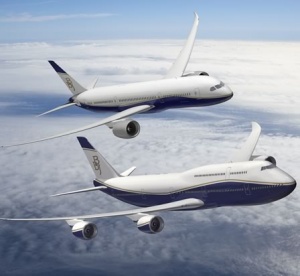Boeing tips 2011 recovery

Executives at aviation leader Boeing have revealed that international air travel, decimated by the economic downturn, is beginning to stabilize but may not recover until 2011 as companies and passengers continue to scale back.
Passenger travel will somewhat stronger in the second half of 2009 than in the first but will still slump between 6 percent and 8 percent for the year, said Randy Tinseth, a Boeing vice president for marketing.
There are signs that the drop in demand is slowing, with global airlines beginning to restore capacity and the Chinese and Latin American markets picking up, he said.
“We’re already starting to see some improvements in traffic and traffic growth, but we’ve got a long ways to go,” Tinseth told reporters at an Asian aerospace and aviation show in Hong Kong. “We see 2010 as a year of economic recovery and 2011 as a year of air travel recovery.”
The comments were a boost for the Asian Pacific region where over the long haul, Asia will overtake North America as the world’s largest air travel market, growing from a 32 percent share to 41 percent. Asia Pacific is the largest market in the forecast for new airplanes in terms of both units required and market value, Tinseth said.
ADVERTISEMENT
“Twenty years from now more than 40% of the world’s airline traffic will begin, end or take place within the Asia Pacific region. That’s a big leap for a region that was not even mentioned in our earliest Boeing market forecasts back in the 1950s.”
Airlines have seen massive losses since the global economic crisis led companies to cut travel and shipping budgets and consumers reducing their travel. Airlines, with losses already at $6 billion for the first six months of the year, are likely to lose a total of $9 billion for all of 2009, according to the IATA.
However Airbus has added its voice to the chorus of cautious optimism saying that air traffic seems to be in the process of bottoming out. In 2011, traffic could grow over 6 percent, according to Laurent Rouaud, the company’s senior vice president for market and product strategy.

